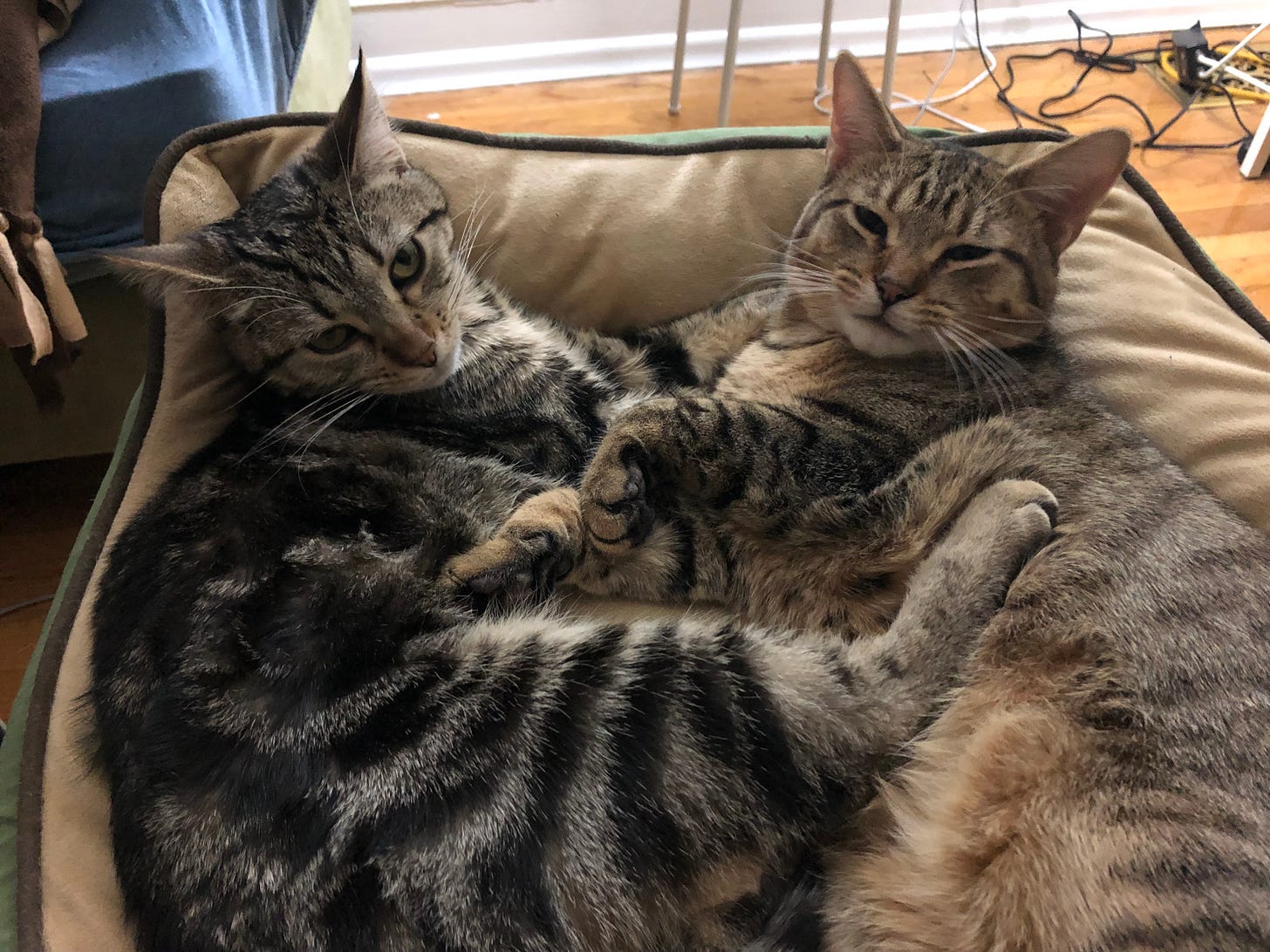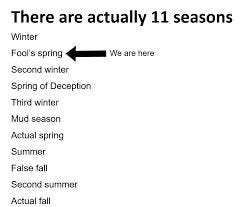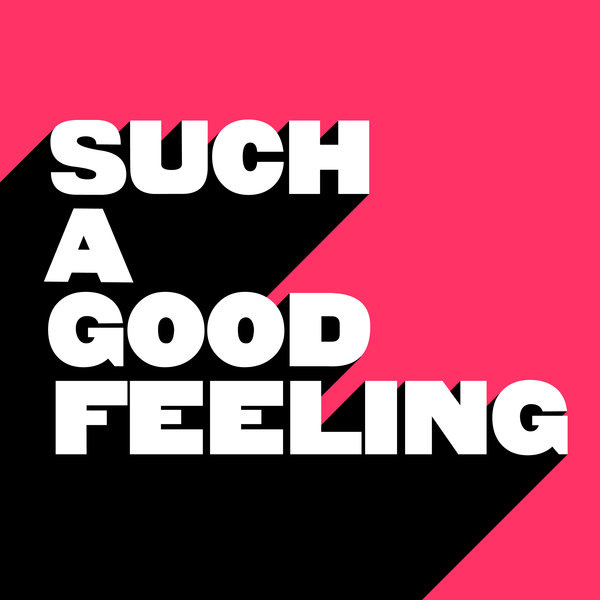Yesterday the high was 66F. We had the heat off and the glass sliding door to our patio open for some fresh air. The cats could smell outside and Daniel could safely eck-eck at birds behind the screen door. Henrietta and Daniel have been indoor cats since they were little rescue kittens. The only times that they have ever been outside since we adopted them was in their carrier. Once to go home with us. Once to move to our current apartment, and several times to go see the V-E-T. I don’t think that they feel cooped up in our home—they’ve literally never known a life where they could go outside, but they sure do love watching cat tv through the screen door and the windows of the house.
Last night we accidentally left the sliding door open and the temperature outside dropped into the low thirties. It was 59F in the house this morning when I woke up and closed the door. Jennifer and I both like sleeping in a cool room, but that’s a bit too cool. Definitely too cold for awake time.
We in the Midwest call this time of year Fool’s Spring because the temps rise up into the sixties and seventies for a few days. Just long enough to tempt fools to put away their winter coats and adopt light jackets, hoodies, and sweaters before temps plummet again. I have lived here for over nineteen years and I can no longer be fooled by this phenomenon—except of course when I forget to close the sliding door and temporarily turn the house into a meat locker.
Many Chicagoans start wearing shorts and t-shirts without any sort of jacket whenever the temperature rises above the mid-thirties. I have seen guys in basketball shorts, a hoodie and flip-flops during polar vortexes when the temps are in the negative teens. Never provoke one of these folks into a fight—they are impervious to the elements and likely all other forms of pain. They are not under layers of bulky winter wear and are thus significantly more agile. I feel that they must carry a lot of rage that heats them from the inside out and will likely body anyone that tries them.
DO NOT TRY THEM!
Lets’ switch gears now:
I am still quite happy with my new job. I have been working with patients for about a month now, and I feel like I get more confident and comfortable every day. I go into work knowing that I cannot help everyone that I meet. I know that some of the patients are not actually recommened for treatment—they are occasional users of drugs and/or alcohol. This is usually a quick conversation. They scored high enough on one or both of the usage questionnaires to warrant a visit, but their usage is truly sporadic and nonhabitual. I thank them for their time and they usually thank me for coming to see them. These patients are fairly rare. Of the thirty or so patients that I’ve seen since I started, only a couple have been folks that are not recommended for treatment. I am glad that we still talk to them. Social use of drugs and alcohol can very quickly turn into habitual or dangerous use. Almost no one in the world sets out to have a substance use or alcohol use disorder. And most people are truly surprised to know how seemingly small amounts of use can cause a great deal of harm. For many of our patients, just a couple of drinks over the recommended limits (7 drinks a week for women and 14 drinks a week for men) can cause surprising amounts of damage and even alcohol dependence with ensuing withdrawals. Withdrawals that can be life-threatening. Some people can take large amounts of substances without obvious harm. Everybody is different and literally every body is different. There are so many factors. What may be fine for some people is deletrious to others. We are dealing with literal poisons after all. Even when I see patients that are not recommended for treatment I feel that I might be planting seeds that may grow into more awareness of how drugs and alcohol might be impacting their life—for good or ill.
Most of the patients that I see have become so sick that they came into the emergency department for treatment. They come knowing that they will be away from their drug of choice for the time that they are in the hospital. This is a huge deal and a very good inroad for me to have a brief intervention and (hopefully) a referral to treatment. They know that their drug and alcohol use is causing their bodies harm. I feel like a lot of what I do is to encourage people to give themselves permission to make a change in regards to their substance use. I meet people much younger than me who are for the first time seeing real consequences from their drug and alcohol use. Conversely, I have also met a patient who has had a heroin habit that is the same age as me. And everyone in between. Of the patients that I see, about half are interested in receiving treatment of some sort. Some wish to get MAT (Medically Assisted Treatment) like methadone, Suboxone, or naltrexone for those with opioid disorders. Or Vivitrol, naltrexone, or disulfuram (Antabuse) to help with alcohol use disorders. Some do not want MAT, but do want an IOP (Intensive Outpatient Program), peer support groups like SMART Recovery, AA, NA, or other nonmedical treatments. Some want both. Some of the people I meet want no help at all. They are almost always thankful for me coming by to see them even if my services are not wanted. I hope that I plant some seeds of change in their minds and hearts and that one day soon they will be ready to change. Most of these people are in the stage of change known as Precontemplation—they are not ready to think about making a change. I have had one patient tell me, “I smoke crack. I like it. I’m 46 years old—I know.” I appreciate the honesty and self-insight. That day they were clearly deep in the stage of Precontemplation. Maybe if I see them again they will be in a different stage of change.
A lot of my job is very quickly trying to figure out what stage of the change cycle my patients are in and how to best support those that are looking to change their relationship with substances, knowing that they can begin change from anywhere in the model. I use MI (Motivational Interviewing) to try to elicit change talk and well. . . motivation to support my patients in making that change. In a future post I will write about Motivational Interviewing in detail, but know that it is the set of tools that I use the most in my job as a Peer Recovery Specialist. I am not a therapist, but Motivational Interviewing is something that any trained carer from MDs, PhDs, licensed therapists, Licensed Clinical Social Workers and peer supporters of all varieties can use with great effectiveness. My program director asked me the other day if I felt that I was being effective in my job, and I could honestly say that I feel that I am being effective and that I will be even more effective with more experience. At most of my previous jobs I would have felt that a question like that was a trap, but I truly feel supported in my work and that the director of my program has the interests of the patients and me in the forefront of his mind. That is such a good feeling to have.
I try to come into every interaction with an open mind and heart. To see the human being in front of me and not the substances that they use. It is not as difficult as I thought it might be when I first began my education and training to be a peer supporter. While I have self-medicated with drugs and alcohol in the past, my lived experience is primarily with mental health recovery. There is a huge overlap in patients with substance use disorders of all varieties having at least one mental health diagnosis. The comorbidity may be as high as seventy-percent. This bears out in reading the medical histories of my patients. A large percentage have at least one mental health diagnosis, with bipolar disorder being in the lead. This is just anectdotal evidence over a short period of time with a very small sample of patients. I am curious to see if over the next year or two if that pattern continues.
I suspect it will.
I hope that I have this job as long as I want to, despite the insanity going on in my country right now. Apparently, the federal funding that is the foundation of the grant money that my program depends on is automatically funded through the fiscal year of 2027. Barring any DOGE attacks or other catastrophes, we should be ok for the near future.
Fingers crossed.
Thank you, as always, for reading.
Drop me a line: jeremydnichols@tooearlyoldtoolatesmart.com
Follow me on Instagram: @germynickels
Follow me on TikTok: germynickels
Follow me on Bluesky Social: @jeremydnichols.bsky.social
My PayPal: PayPal for Jeremy Nichols
Discord server: Too Late Smart Newsletter Server









